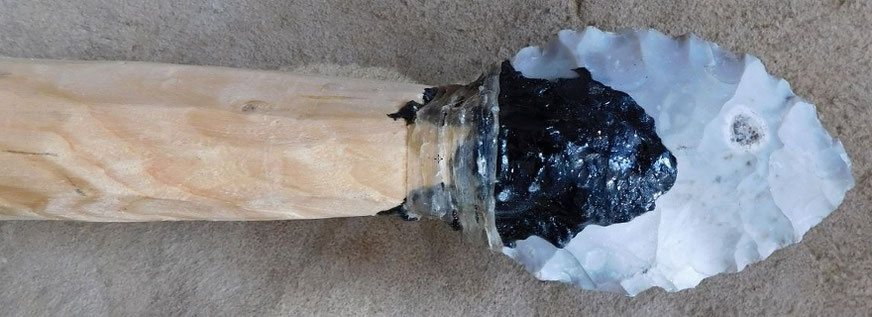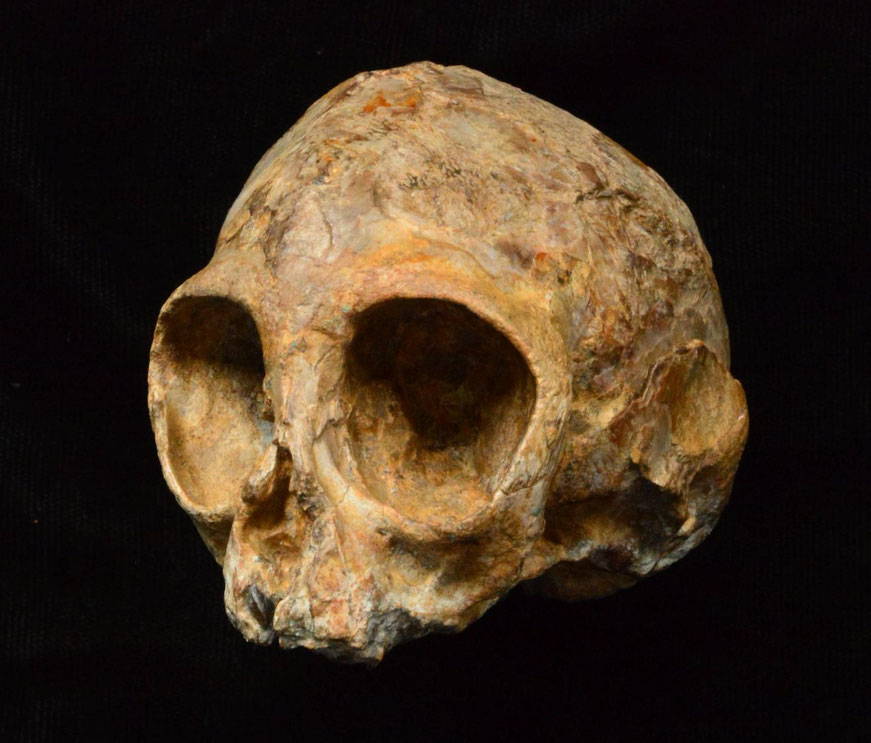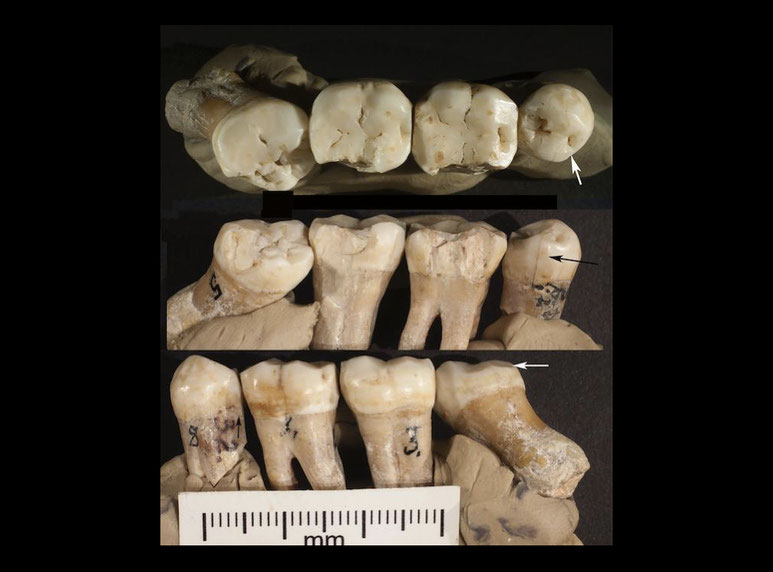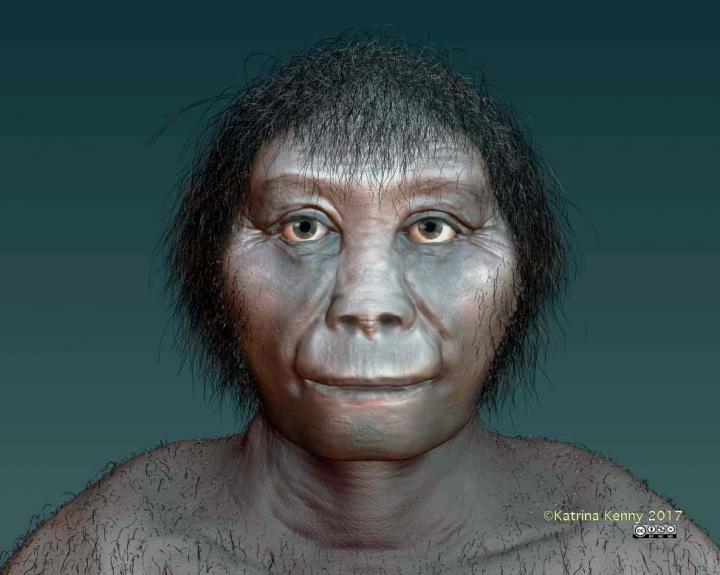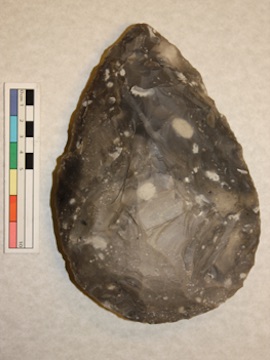Evolution
Evolution · 20. September 2017
A group of archaeologists from Leiden University in the Netherlands has run a series of tests to figure out how Neanderthals could have made tar adhesives 200,000 years ago.
Evolution · 15. August 2017
Anthropologists have found a fossil that puts us one step closer to finding the elusive shared ape/human ancestor.
Evolution · 13. July 2017
Ever wondered what to do about a toothache if you’re stranded 130,000 years in the past? Worry not dear friend, at least one neanderthal has you covered. A research team led by Dr. David Frayer, professor emeritus of anthropology at the University of Kansas, has uncovered evidence of “prehistoric dentistry” on the teeth of one neanderthal suffering from a partially impacted molar and misaligned premolars. Frayer and his team found deep, intentional grooves on various surfaces of the...
Evolution · 12. July 2017
New research indicates that multigenerational communal sleeping spaces may have kept our ancestors from becoming a nighttime snack. Sleeping, according to a team of anthropologists from Duke University, the University of Nevada, Las Vegas, and University of Dar es Salaam, is essential to life but is fraught with danger because it leaves us exposed to environmental hazards and to attacks from predators and other humans. Due to the acute vulnerabilities created by sleep, researchers have...
Evolution · 08. June 2017
The prevailing theory within paleoanthropological circles is that Homo sapiens evolved around 200,000 years ago in eastern Africa and spread out from there. New research, however, indicates we may have to rethink our origins story. An international group of scientists led by Jean-Jacques Hublin of the Max Planck Institute discovered fossil remains of at least five early Homo sapiens in Jebel Irhoud, Morocco. The five individuals were found in-situ with a cache of heat treated flints, which...
Evolution · 07. June 2017
How did Lucy and her ilk choose a mate? Did her Paranthropus robustus cousin, we’ll call her Elenor Rigby, turn to Lucy and say, “hey, look at the sagittal crest on that one!”? She might have. Researchers from the Australian National University (ANU) have analyzed sagittal crest size in great apes and gibbons and now hypothesize that crest size may play a role in social signaling and by extension mate selection. They postulate that the social behavior they observed in apes can be useful...
Evolution · 30. May 2017
Homo floresiensis, more commonly referred to as “the hobbits” due to their small size, has a new home in the evolutionary tree according to a study led by Dr. Debbie Argue of the Australian National University. Scientific debate over how Homo floresiensis fits in the phylogenic tree has raged since the species was first discovered on the Indonesian island of Flores in 2003. According to Argue et al., three main hypotheses have emerged: the hobbits are descendants of Asian Homo erectus and...
Evolution · 29. May 2017
Around 1.75 million years ago there was a technological shift on par with the lunar landing. The stone tool technology called Oldowan and consisting of very simply flaked tools, that hominins created and used for 800,000 years, was abandoned in favor of Acheulian technology, far more complex and difficult to make. What allowed early humans to jump from simple flake tools to handaxes and cleavers? The prevailing hypothesis has linked advanced tool making with the advent of language capabilities,...
Evolution · 25. May 2017
Researchers from the University of Tübingen, the Bulgarian Academy of Sciences, and the University of Toronto, Canada have published two papers in PLOS ONE in which they claim to have found the likely ancestor from which humans and great apes split. So who is our mystery ancestor? The research team has given Graecopithecus freybergi the title based on its dental root and pulp canal characteristics. Fuss et al., authors of one of the two papers, state that molecular studies show a split between...
Keep Up With the Latest Archaeology News and Events
Sign up for our free newsletter to get the latest archaeology news delivered right to your inbox. Please note that by filling out the form below you are agreeing to receive our newsletter via email.
Privacy Policy
Copyright (c) 2016 Archaeology Almanac, LLC.
Copyright (c) 2016 Archaeology Almanac, LLC.

